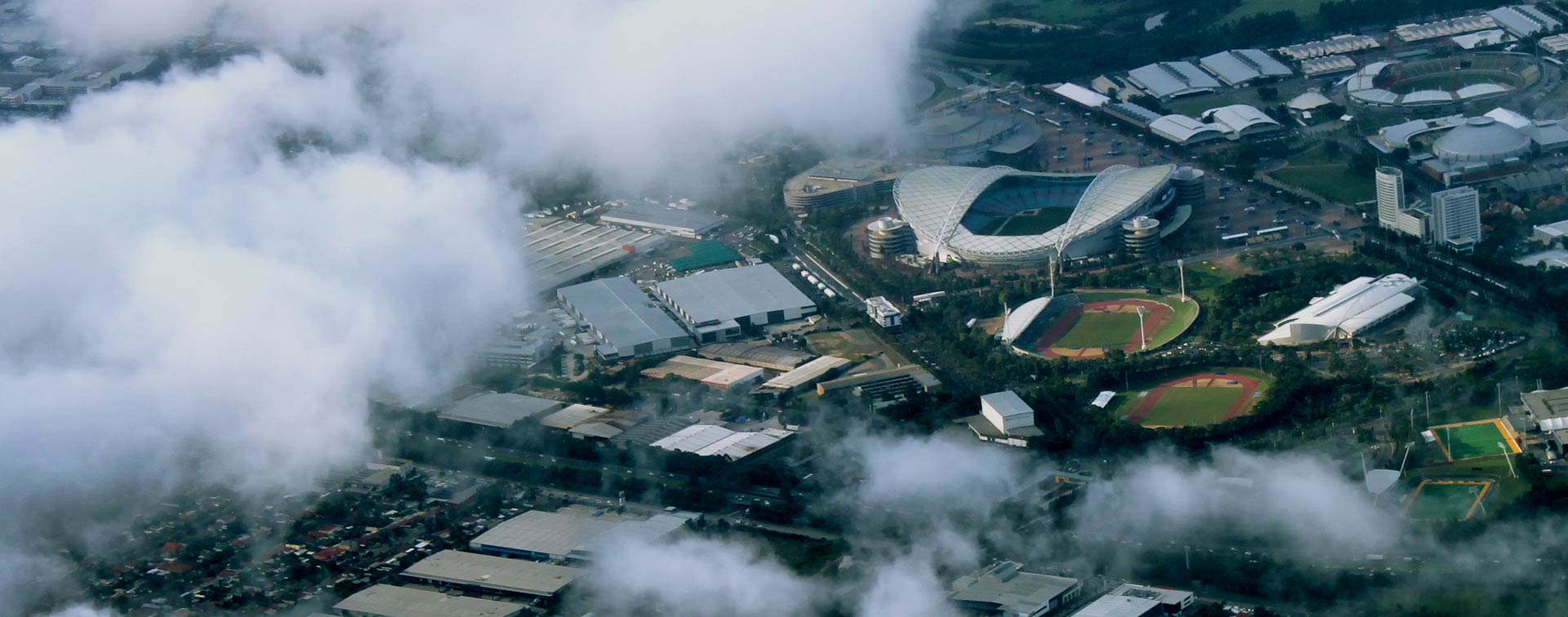In 2025, running a mid-sized facility hygiene or pest control business isn’t about chasing growth; it’s about holding your margins together.
Government contracts, once reliable, are now competitive to the point of loss-leading. Commercial cleaning rates have dropped 4.2% across public sector tenders in the past year. Meanwhile, chemical supply costs have risen 7.6%, and labour churn in the industry sits above 32%. It’s a familiar headache: new staff every month, high training costs, rework, and missed hours.
For CFOs, that means one thing: constant firefighting to maintain cash flow and find where the business is leaking money.
The cost of keeping clean.
You don’t need a whiteboard session to know where the pain is. It’s showing up every day. It shows in payroll, procurement and reporting:
- Rework is up. With new techs rotating through, QA fails are rising. You’re spending more time redoing work than quoting for new business.
- Training is expensive. Onboarding one new technician costs anywhere from $1,200 to $2,000 in lost productivity and supervisor time.
- Shrinkage is real. Consumables and chemicals go missing, are overused, or are just never logged.
- Supply chains are unstable. PPE and chemical stock pricing fluctuate weekly. Long lead times mean larger orders and larger holding costs.
- Cashflow visibility is blurry. Payment terms are stretched, clients are slow, and there’s no accurate way to see what’s owed vs. what’s at risk.
This is the environment you’re trying to scale in. Not ideal.
Where the cracks show.
Most operators in this space start small—tight teams, hands-on owners, steady workflows. As the business grows, so does the complexity. And that’s when the tools stop keeping up. Their systems are not built for:
- Job-level margin tracking – you can’t see which contracts are profitable
- Crew and contractor visibility – timesheets, locations and job hours sit in spreadsheets or, worse, in someone’s head
- Inventory management – shrinkage and overstocking hit the bottom line
- Service scheduling and reporting – technicians log work inconsistently, with no audit trail and no accountability
- Recurring billing and contract plans – managed manually, often with spreadsheets
The result? You’re flying blind. End-of-month becomes a scramble. Reports don’t match. Questions like “Which clients are actually profitable?” go unanswered. And there’s no bandwidth to fix it—only to chase it.
The CFO’s battlefield.
You’re not managing money—you’re managing uncertainty. The average commercial hygiene contract now runs on a 1.8% net margin after overheads.
There’s no cushion for error. Every invoice matters. Every unsent bill or late payment hits hard. Most CFOs we speak with say they spend 10–15 hours a month manually stitching together financial reports, job data and forecasts from different systems.
It’s not scalable. Worse—it’s risky.
You can’t defend your margins without visibility. You can’t negotiate contracts without knowing your true costs. And you can’t make hiring or purchasing decisions without accurate, up-to-date numbers.
The smarter system.
The pitch isn’t for going bigger; it’s about getting tighter.
What you need is a centralised system that simplifies what you already do. To make it work fast, you have to plan phases. Start and then expand. Begin with the basics: financials, cash flow, job costing, and billing. Build your system around one set of numbers. Then scale when you’re ready.
Here’s what that could look like:
1.
Get your books in shape. Accounts receivable, payable, real-time dashboards, consolidated reporting.
2.
Track job profitability. Integrate time entries, consumables and contract costs.
3.
Automate billing. Set up recurring invoicing, audit trails and client reporting.
4.
Layer on inventory, crew scheduling and compliance modules.
5.
Turn on what you need when you need it; no re-platforming, no double-handling.
Clean operation, clean numbers.
If you’re a CFO or owner in this sector, you already know how demanding the day-to-day is. What makes the difference isn’t just better service in the field; it’s a better grip on the back office.With margins tight and pressure high, your competitive edge isn’t headcount or hustle. It’s visibility. It’s knowing where your cash is, which contracts are worth keeping, and where things are falling through the cracks.
Start by simplifying. Get your numbers right. Then, build from there. Because when clean gets complicated, clarity is what keeps you in the game.
Tired of chasing reports? Put your sheets together.


